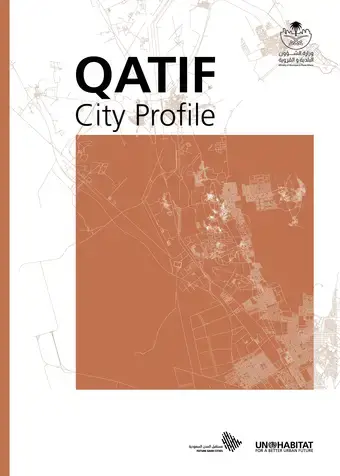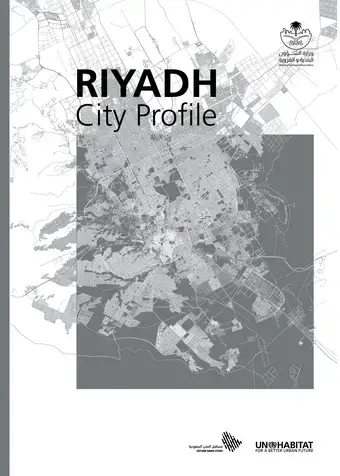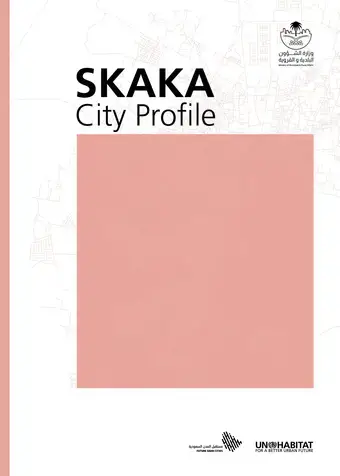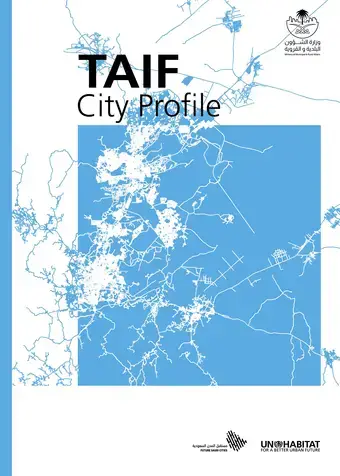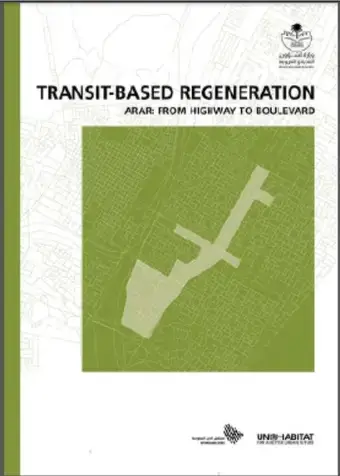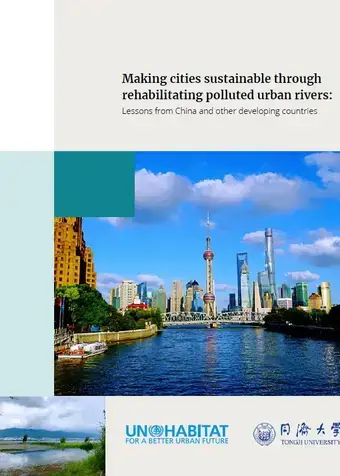In this lecture, Stefan Schurig (World Future Council) talks about the vision of regenerative cities as the greening of the urban environment and the protection of nature from urban expansion, and above all else, about the greening of urban systems of production, consumption and construction. Schurig proposes necessities to transform cities into 'regenerative' systems.
